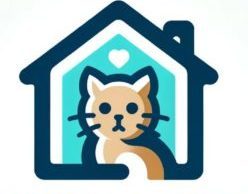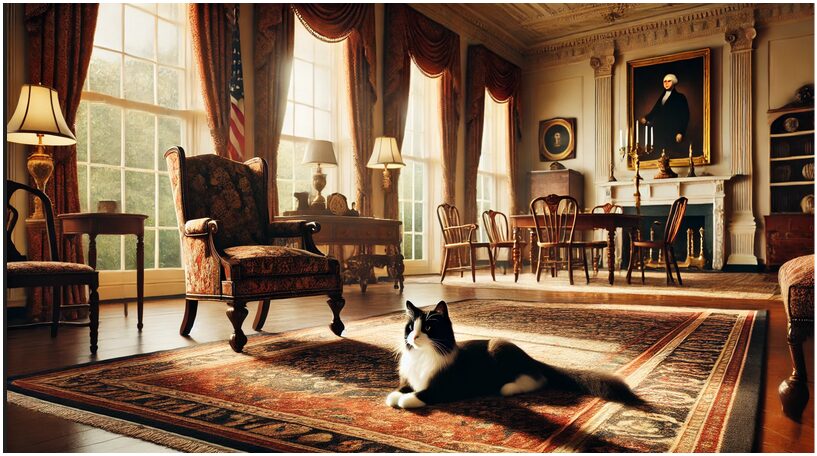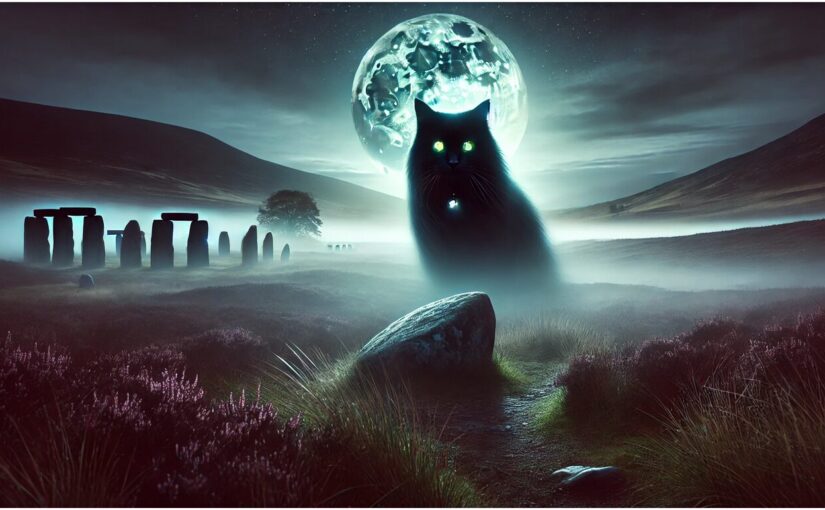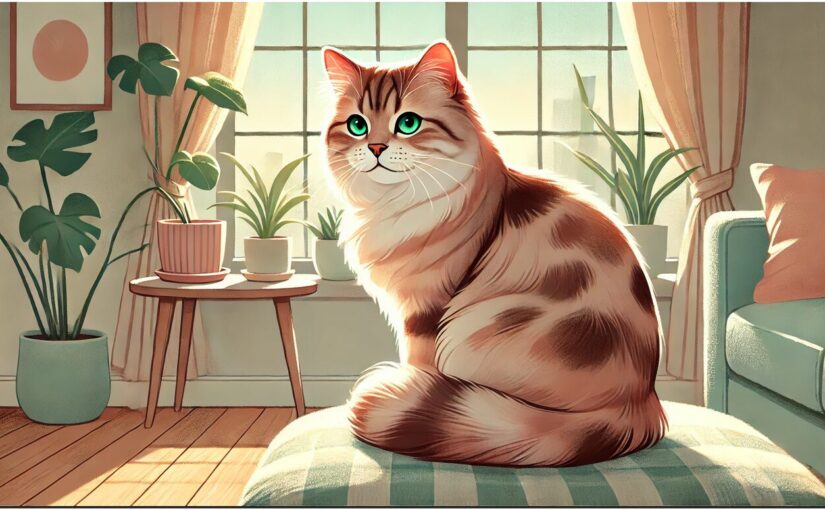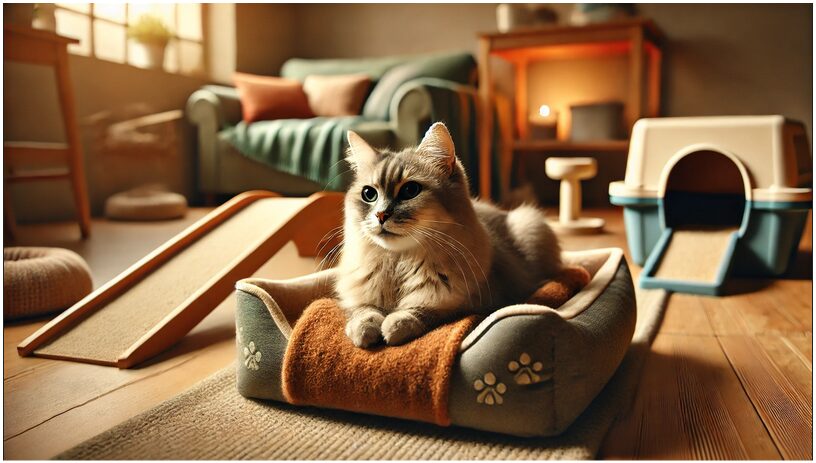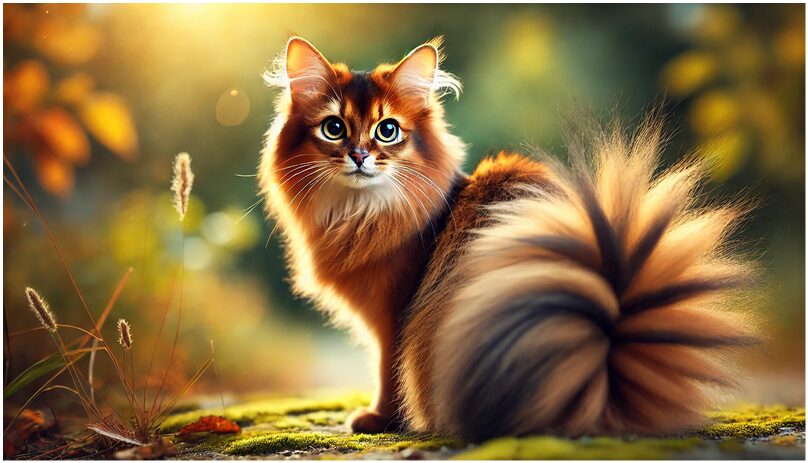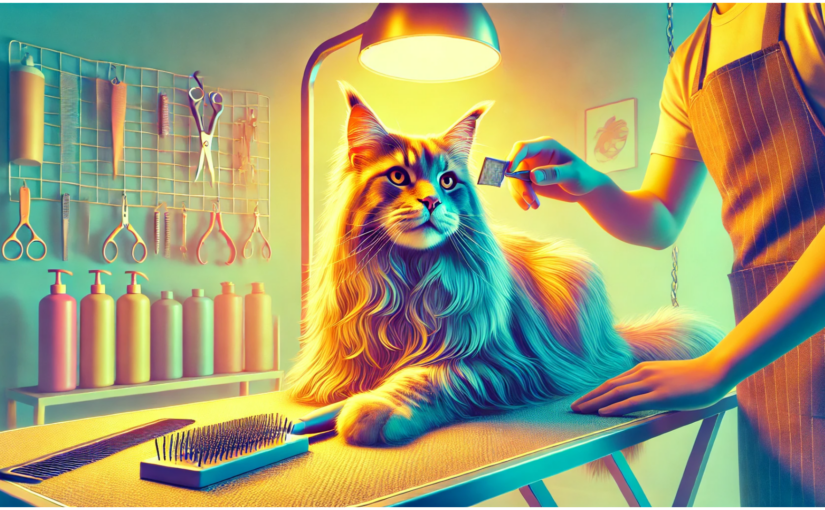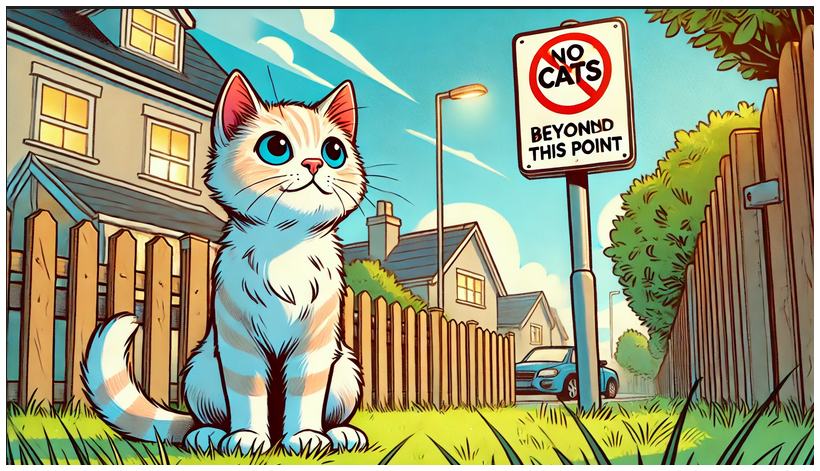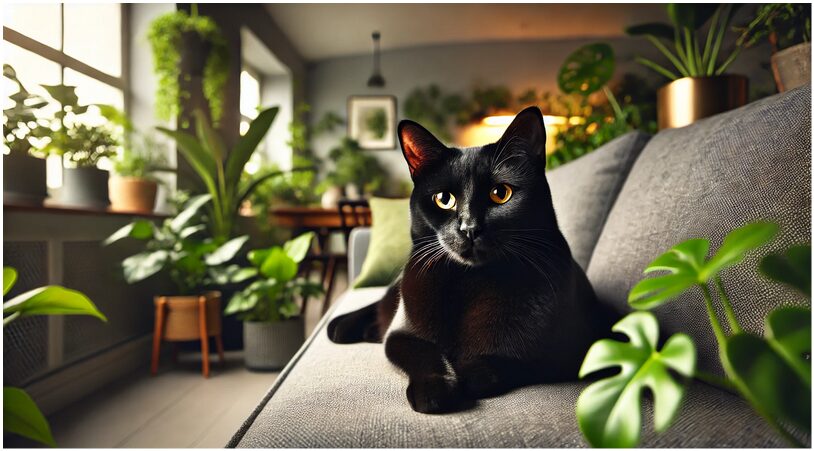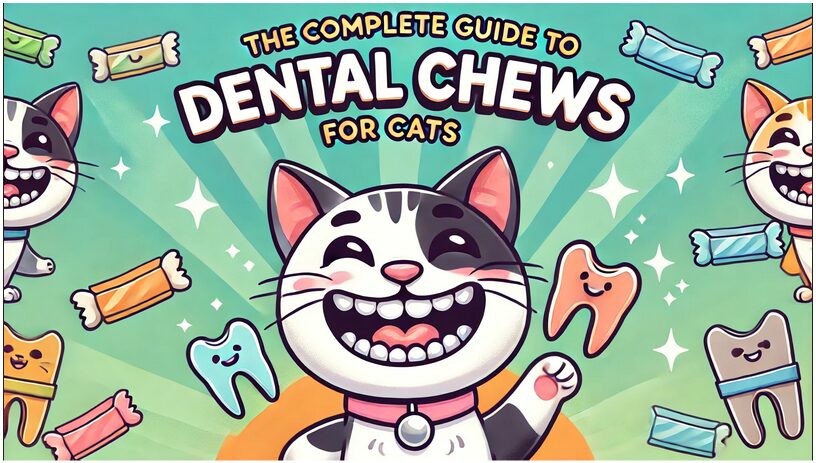The White House has seen many iconic pets over the years, from the eccentric goats of President Abraham Lincoln to the beloved dogs of the Obamas. But fewer people may know about the quieter, more independent residents—cats. White House cats have charmed presidents and the public alike with their mystique and calm presence amidst the political storms. Here, we’ll look back at some of the most memorable cats that made the White House their home, offering a unique perspective on these lesser-known presidential pets.
1. Tabby and Dixie: Abraham Lincoln’s Pioneering Cats
Abraham Lincoln is often credited with introducing the first cats to the White House. A known cat lover, Lincoln had two cats named Tabby and Dixie, given to him by Secretary of State William Seward. He once told a friend that “Dixie was smarter than his entire cabinet.” Lincoln’s affection for cats was well-known, and his interactions with them likely provided him moments of calm during one of the nation’s most turbulent times.
2. Slippers: The Cat with Free Rein in the Taft White House
President William Howard Taft’s cat, Slippers, is remembered for her penchant for wandering around the White House freely. Slippers was notorious for sprawling out in the middle of important gatherings, leading to humorous interruptions when officials had to step over her. This blue-gray cat certainly knew how to assert her independence, making her a memorable figure during Taft’s presidency.
3. Tiger and Blackie: Calvin Coolidge’s Prowling Pals
President Calvin Coolidge and First Lady Grace Coolidge were prolific pet owners, having multiple cats, dogs, birds, and even a raccoon. Among the cats, Tiger, also known as Tige, was a standout. Tige was so close to Coolidge that he wore a special collar inscribed with the White House address in case he got lost on his frequent explorations. Coolidge’s other cat, Blackie, was a calming presence in the White House. The Coolidge cats added warmth and charm to the Coolidge presidency.
4. Misty Malarky Ying Yang: A Unique Name for a Unique Cat
Misty Malarky Ying Yang, the beloved Siamese cat of President Jimmy Carter’s daughter, Amy, became one of the most famous White House cats. Misty’s striking blue eyes and slender, elegant frame added an exotic flair to the Carter White House. The cat’s unique name drew a lot of attention from the press, and Misty became a cultural icon of the era, even inspiring a song by the band “America.”
5. Socks: The Clinton Cat Who Won America’s Heart
Socks, the black-and-white tuxedo cat of the Clinton family, is arguably the most famous White House cat in recent history. Rescued from the streets of Arkansas, Socks quickly became a beloved member of the Clinton household and moved with the family to the White House in 1993. Socks was known for his calm demeanor and love for posing on the president’s desk, where he often “supervised” official matters.
Socks made numerous public appearances and even had his own fan club. He visited hospitals and schools, serving as a furry goodwill ambassador. In the pre-social media age, Socks’ popularity was immense, and he became the subject of children’s books, media appearances, and countless photographs.
6. India “Willie” Bush: A Quiet Companion to the Bush Family
India, often called “Willie” by the Bush family, was a black American Shorthair belonging to President George W. Bush and First Lady Laura Bush. While not as publicly famous as some previous cats, India held a special place in the hearts of the Bush family. India, named after Texas Rangers player Ruben Sierra, was a quiet and unobtrusive presence at the White House, much like the shy and dignified nature of the American Shorthair breed. India remained with the family for nearly two decades, providing comfort and company behind the scenes.
The Role of Cats in the White House
Cats have served as comforting companions to many presidents and their families. Unlike dogs, who frequently participate in photo ops and public events, cats have historically been more private, sometimes becoming unofficial mascots in the White House. They often represent tranquility, independence, and introspection—a fitting presence for leaders facing the weight of national and global challenges.
Cats also bring a sense of playfulness and levity to the White House, as presidents, their families, and staff members are sometimes spotted stopping to pet or play with a White House cat. While they might not seek the spotlight, these felines have a powerful way of easing the stresses of life in the public eye.
Honoring the Legacy of White House Cats
In a world where politics can be polarizing, cats like Socks and Misty Malarky Ying Yang remind us of the simple joys that unite people. The legacy of White House cats underscores the importance of pets as companions, stress-relievers, and constant sources of joy, even within the walls of the world’s most famous residence. Whether lounging in the Oval Office or padding quietly around the Rose Garden, these cats hold a unique place in White House history and the hearts of the American people.
How You Can Have Your Own Presidential Cat
Inspired by the elegance and charm of White House cats? Here are some ways to add a bit of presidential flair to your cat’s life:
- Regal Collars: Dress your cat in a special collar to make them feel like royalty.
- Luxurious Lounging Spots: Give your cat a cozy, elevated spot where they can observe their “kingdom” just as the White House cats might have done.
- Enrichment and Play: Keep your cat entertained with toys that allow them to explore, hunt, and exercise, bringing out their inner Tiger or Slippers.
White House cats offer a unique glimpse into the quieter side of American history. These cats remind us that no matter how busy or high-stakes the world may be, there’s always room for the warmth and calm presence of a furry friend.
